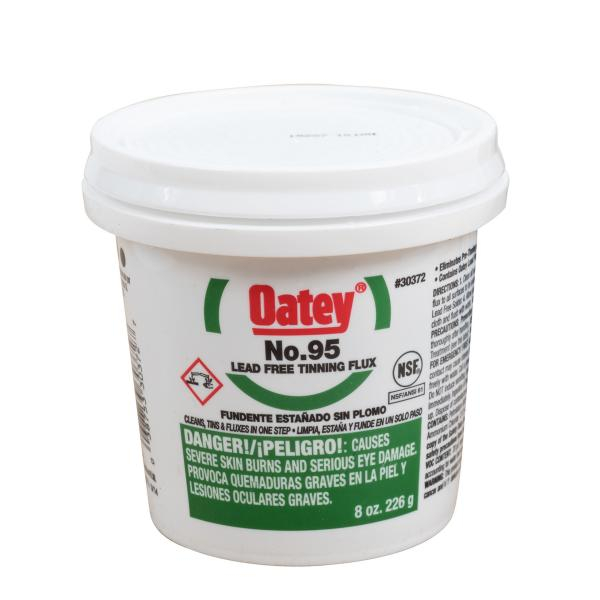
Electronic connections may be hand-soldered with a soldering iron. Soldering is also used to join lead came and copper foil in stained glass work.Įlectronic soldering connects electrical wiring to devices, and electronic components to printed circuit boards. Small mechanical parts are often soldered or brazed as well. Jewelry components, machine tools and some refrigeration and plumbing components are often assembled and repaired by the higher temperature silver soldering process. Soldering provides reasonably permanent but reversible connections between copper pipes in plumbing systems as well as joints in sheet metal objects such as food cans, roof flashing, rain gutters and automobile radiators. Soldering is used in plumbing, electronics, and metalwork from flashing to jewelry and musical instruments. Soldering was historically used to make jewelry, cookware and cooking tools, assembling stained glass, as well as other uses. 3000 BC were assembled using hard soldering. Soldering and brazing are thought to have originated very early in the history of metal-working, probably before 4000 BC. There is evidence that soldering was employed as early as 5,000 years ago in Mesopotamia. Origins Small figurine being created by soldering Soldering is an important skill for many industries and hobbies, and it requires a combination of technical knowledge and practical experience to achieve good results.

Each method has its own advantages and disadvantages, and the choice of method depends on the application and the materials being joined. There are several methods of heating used in soldering, including soldering irons, torches, and hot air guns. Different types of solder require different temperatures to melt, and heating must be carefully controlled to avoid damaging the materials being joined or creating weak joints. In addition to the type of solder used, the temperature and method of heating also play a crucial role in the soldering process. Lead-free solder has also become more widely used in recent years due to health and environmental concerns associated with the use of lead.

Common solder alloys include tin-lead, tin-silver, and tin-copper, among others. The solder used in the process can vary in composition, with different alloys used for different applications. It is also used in plumbing and metalwork, as well as in the manufacture of jewelry and other decorative items. Soldering is commonly used in the electronics industry for the manufacture and repair of printed circuit boards (PCBs) and other electronic components. The soldering process involves heating the surfaces to be joined and melting the solder, which is then allowed to cool and solidify, creating a strong and durable joint. Soldering ( US: / ˈ s ɒ d ər ɪ ŋ/ UK: / ˈ s oʊ l d ər ɪ ŋ/) is a process of joining two metal surfaces together using a filler metal called solder. For thermocouple contacts, see Cold junction (thermocouple).


 0 kommentar(er)
0 kommentar(er)
